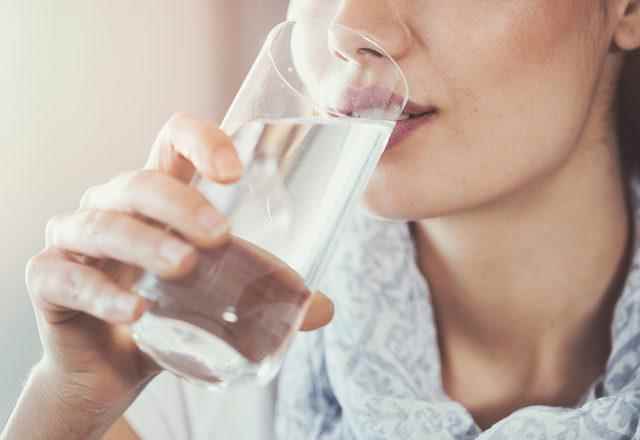Salmonella bacteria has caused fear in society recently. Symptoms of Salmonella transmitted through food begin to appear after 8-48 hours. Abdominal pain and diarrhea attacks are among the most common symptoms. Experts recommend not to consume foods of unknown origin, to wash raw foods thoroughly, and to prefer drinking water with a known and reliable source in order to be protected from Salmonella. Infectious Diseases Specialist Dr. Songül Özer made very important statements about the Salmonella bacteria, which has been on the agenda recently, and shared her recommendations.
CAN STAY LIVE FOR YEARS
Stating that Salmonellosis is a disease caused by a bacterial group that is a member of the bacterial family named Salmonella and Enterobacterales, Infectious Diseases Specialist Dr. Songül Özer said, “Salmonella are common in nature in the digestive system of domestic and wild animals, reptiles, birds and insects. They are non-sporeless, mobile, rod-shaped, sensitive to heat and dryness, and can survive for a long time in humid environments away from sunlight, sewage and soil. They are resistant to cold and can survive for years by being lyophilized.” said.
CAUSES MANY DISEASES

Noting that there are about 2,000 subtypes of Salmonella bacteria, Dr. Songül Özer said, “The most well-known and infective of this bacterium in humans are Salmonella typhi, Salmonella paratyphi, Salmonella enteritidis, Salmonella cholerasuis. They can cause typhoid fever, paratyphoid, gastroenteritis, soft tissue infections, local organ abscesses, intra-abdominal infections, bone and joint infections, respiratory tract infections, endocarditis and bacteremia in humans. used the phrases.
WHERE SALMONELLA CONTAINS

Dr. Songül Özer shared the most common forms of transmission of Salmonella, which can cause food poisoning outbreaks with widespread abdominal pain and diarrhea attacks in the community:
- With the mixing of human and animal feces and urine into the spring waters,
- By drinking and using water contaminated with bacteria without boiling,
- By eating the meat, eggs, milk and milk products of animals carrying Salmonella without being well cooked,
- With the consumption of drinking and utility water without being sufficiently chlorinated and cleaned,
- By consuming vegetables and fruits contaminated with bacteria without being thoroughly washed and cooked,
- Unpasteurized milk or fruit juices and cheese of unknown origin, made without boiling or consumed without waiting,
- Not washing hands thoroughly, especially after contact with reptiles such as snakes, turtles, lizards, frogs, birds and domestic animals such as chicks,
- After contact with sick poultry and
- It can also be transmitted from sick people to other people.
- Begins to show symptoms after 8-48 hours
GENERALLY IMPROVES WITHIN 2-5

“Frequently, complaints of abdominal pain, abdominal cramps, high fever, nausea, vomiting and diarrhea are seen. The disease usually heals in 2-5 days, but in rare cases, the symptoms may last for several weeks in some people. In the treatment of the disease, it is sufficient to supplement the fluid lost with vomiting and diarrhea along with antibiotics. This disease, which does not usually result in death and is healed in a short time, may be more severe for those with immune system deficiency, those diagnosed with cancer or being treated, elderly patients, newborns, and patients who have had an organ or bone marrow transplant. Rarely, there may be patients who die due to fluid-electrolyte imbalance.”
RELIABLE DRINKING WATER MUST BE USED

Stating that the most correct action to be taken when a food poisoning caused by Salmonella is detected, Dr. Songül Özer said, “Then, those who consume these foods should be identified and treatment should be started as soon as possible. Not consuming foods of unknown origin, thoroughly washing raw foods, not using water without chlorination, choosing drinking water with a known and reliable source, and starting to eat after washing hands with soap and water are the most important factors in protection. said.
